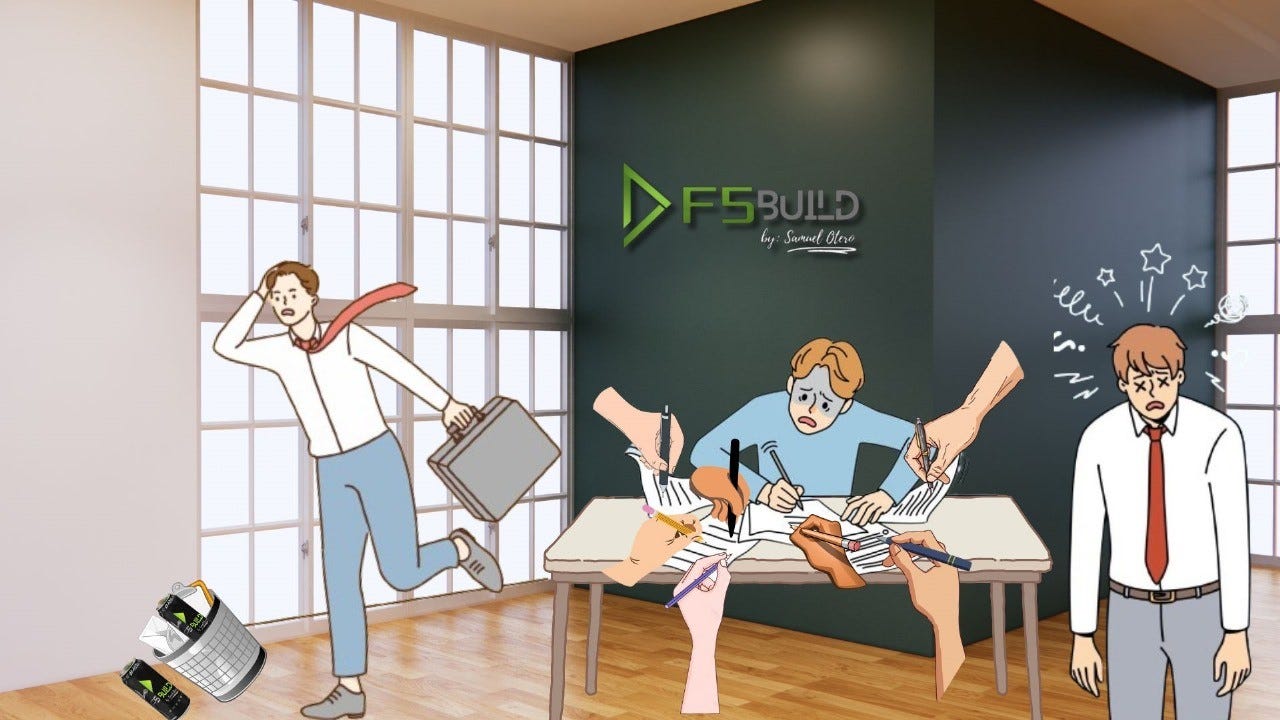Averting the Insidious Threat of Collaboration Overload
Mastering the Balance of Efficient and Effective Team Interactions
The Paradox of Excessive Collaboration
In today's fast-paced, team-oriented work environments, excessive collaboration can seem like an oxymoron. After all, aren't we supposed to prioritize seamless coordination and open communication? Ironically, an overabundance of these very practices can lead to a pernicious phenomenon known as collaboration overload.
Imagine a scenario where every task, no matter how minor, necessitates a barrage of meetings, endless email threads, and a labyrinth of approvals. Suddenly, the very act of collaborating becomes a drain on productivity, leaving team members feeling overwhelmed, stressed, and on the brink of burnout.
The harsh truth is that collaboration overload can be just as detrimental to team performance as a lack of collaboration. It's a delicate balance, and striking the right chord is crucial for maintaining a harmonious and efficient workplace.
Identifying the Root Causes
To combat collaboration overload, we must first understand its underlying causes. Often, these stem from structural complexities within an organization, outmoded workflows, and a proliferation of micro-teams.
Structural Complexities
As organizations grow, their hierarchical structures can become convoluted, with communication channels crisscrossing in a tangled web. Redundant processes and competing priorities can further exacerbate the issue, leading to duplication of effort and a general sense of disorganization.
Outdated Workflows
In today’s digital world, new technologies and platforms are continuously introduced, promising to streamline operations. However, if these tools are not properly integrated into existing workflows, they can inadvertently introduce additional layers of complexity, generating more work and stress for team members.
Micro-Team Mania
While micro-teams can be an effective way to tackle specific projects, an overreliance on this approach can breed collaboration overload. Each micro-team requires its own set of communication channels, meetings, and coordination efforts, compounding the overall collaborative burden.
Fostering a Sense of Purpose
Amidst the chaos of collaboration overload, it's easy for team members to lose sight of their purpose. However, research suggests that a strong sense of purpose can be a powerful antidote to burnout and disengagement.
While many organizations focus on rallying employees around a collective corporate mission, purpose can also be fostered through positive, everyday interactions with colleagues. By creating an environment where ideas are built upon, and team members feel a sense of camaraderie, a shared purpose emerges organically.
Streamlining Collaboration: A Step-by-Step Approach
Overcoming collaboration overload requires a multi-pronged approach that addresses the root causes while fostering a culture of purposeful collaboration.
Step 1: Simplify Structural Complexities
Conduct a thorough audit of your team's hierarchical structure, communication habits, and competing priorities. Identify areas of redundancy or inefficiency and implement streamlined processes to eliminate unnecessary complexities.
Step 2: Revamp Outdated Workflows
Engage your team in a collaborative exercise to assess the impact of new technologies and platforms on their workflows. Together, agree on a set of simpler, team-wide collaborative norms that leverage the power of these tools without introducing unnecessary burdens.
Step 3: Manage Micro-Team Proliferation
While micro-teams can be beneficial, it's essential to maintain a judicious balance. Establish clear guidelines for when and how micro-teams should be formed, and actively monitor their impact on overall collaborative efforts.
Step 4: Cultivate a Culture of Purpose
Foster an environment where team members feel empowered to contribute their ideas and build upon one another's insights. Encourage open dialogue, celebrate successes together, and remind everyone of the broader impact their work has on the organization and beyond.
Step 5: Lead by Example
As a leader, it's crucial to model the behaviors you wish to see in your team. Streamline your own collaborative processes, prioritize purposeful interactions, and actively work to reduce the micro-stresses that can contribute to collaboration overload.
The Rewards of Purposeful Collaboration
By implementing these strategies, you'll not only mitigate the risks of collaboration overload, but also unlock the true potential of purposeful collaboration. Your team will experience increased productivity, enhanced job satisfaction, and a renewed sense of purpose, all while fostering a culture of innovation and growth.
Remember, collaboration is a powerful tool, but like any tool, it must be wielded with care and precision. Embrace the art of purposeful collaboration and watch as your team soars to new heights of success.



